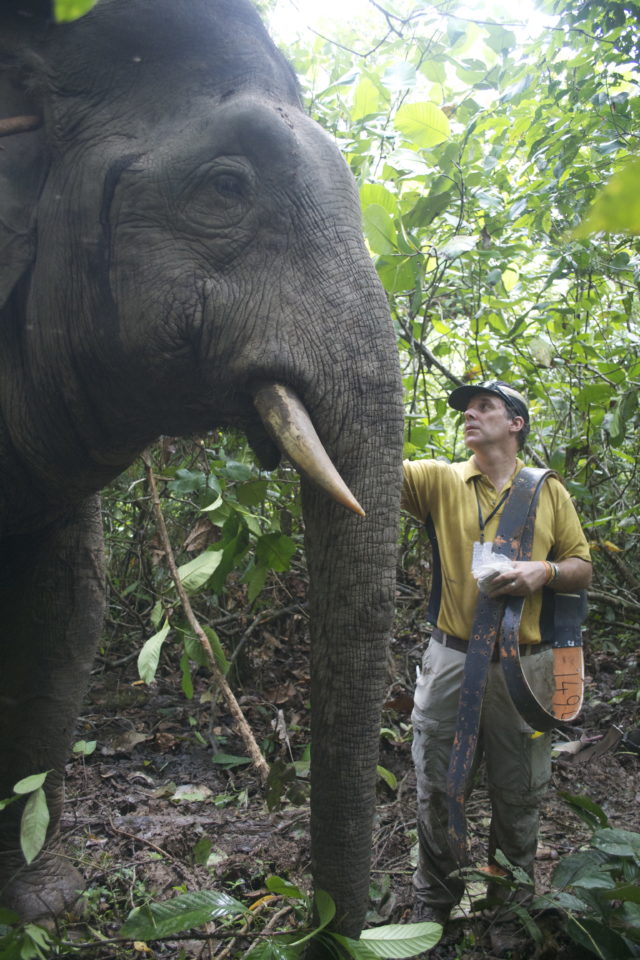Researchers believe they may have solved the mystery surrounding the origins of the Bornean elephant.
A team of scientists from Cardiff University joined forces with other experts from across the globe to tackle the conundrum of how the endangered species of mammal came to live on the south Pacific island.
The group used genetic data analysis and computational modelling to study the history of the elephants and found they might have migrated between the Sunda Islands in Southeast Asia during low sea levels.
The Bornean elephant is a subspecies of Asian elephant that only exists in a small region of Borneo, and until recently there were two opposing theories about their origin.

“Historical records do show that neighbouring Sultans offered elephants as gifts to the Bornean Sultan in the 17th century and therefore current elephants could be non-native elephants that have become feral.
“There is also genetic research that demonstrated that Bornean elephants are very different from that of the other Asian elephants, suggesting that there was an ancient separation, possibly around 300,000 years ago.”
Dr Goossens said there was evidence for both theories but his colleague in the research, Rita Sharma, Instituto Gulbenkian de Ciencia, in Portugal, said their study had shown the likely answer was that the subspecies had naturally colonised Borneo around 11,400 to 18,300 years ago.
“This period corresponds to a time when the sea levels were very low and elephants could migrate between the Sunda Islands, a Southeastern Asia archipelago to which Borneo belongs,” she said.
“We cannot exclude more complex scenarios, but a historical human introduction seems very improbable, and so does a very ancient arrival.”
The study was carried out in collaboration with researchers from the Danau Girang Field Centre, Sabah Wildlife Department (Sabah is a state of Malaysia located on the northern portion of Borneo), the University of Copenhagen, the University of Leicester and the University of Bristol.
Dr Goossens said understanding the origin of the elephants, of which there were less than 2,000 left in the wild, would be useful for the development of a long-term conservation strategy.
“In the light of the recent killings of elephants, for ivory trade and during conflicts, Sabahans must realise that it is their natural heritage that is being targeted,” he said.
“They need to stand for their wildlife and condemn those who kill these magnificent creatures.
“We should take pride in our wildlife; elephants are part of Sabah’s patrimony and we cannot afford losing more animals.”






